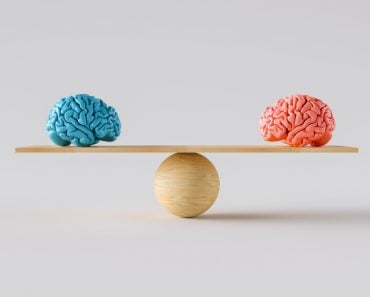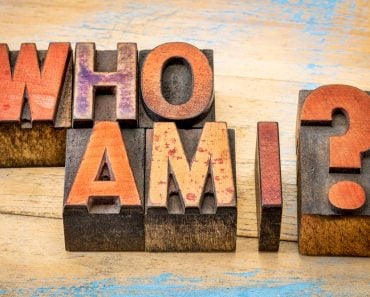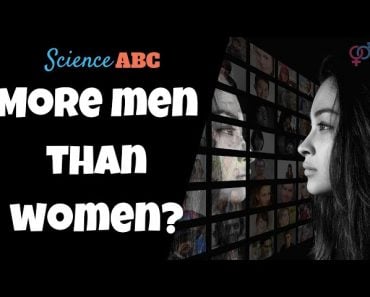Table of Contents (click to expand)
Gender fluidity is a concept of not rendering gender as a fixed point, but rather as a fluid characteristic that can change at any time according to the individual.
We live in a society that is gradually opening up to different gender identities and expressions beyond gender binaries. The old-school belief that gender has only two poles or binaries—male or female—is definitely redundant. Everyone is now familiar with the LGBTQ+ acronym, which continues to gain more letters with every passing year. However, were you aware that apart from these myriad expressions and the complicated dynamic between sex and gender, there is yet another interesting element that many people overlook?
Recommended Video for you:
Gender Fluid

Gender fluidity is a concept of not rendering gender as a fixed point, but rather as a fluid characteristic that can change at any time according to the individual. This means that it goes beyond the LGBTQ+ or cisgenders (people who identify their gender based on their sex, i.e., typical males and females).
To make it simpler, some people in the LGBTQ+ community can also be gender fluid. This means they can be a man one day, a woman on another, or both on the same day, or none at all. For gender-fluid people, their gender expressions can occasionally change. Examples of famous gender-fluid celebrities are Miley Cyrus, Sam Smith, and Ruby Rose. Some even choose to change their pronouns to ‘they/them’ instead of ‘he’ or ‘her’.
Also Read: What Is The Difference Between Sex And Gender?
Understanding The Gender spectrum—LGBTQQIAAP
And you thought the society stopped at LGBTQ… Before understanding how people in this community can be fluid in their gender identities and expression, it is initially important to have a holistic view of the complete gender spectrum. LGBTQQIAAP is certainly a long list, but not exhaustive. Let’s dive in!
L – Lesbian, a woman who is attracted to her same gender, namely another women (e.g., Ellen DeGeneres)
G – Gay, referring to men who are attracted to other men, also known as homosexuals. (e.g., Jim Parsons)
B – Bisexual, meaning a man or a woman who is attracted to both genders (e.g. pop singer Halsey and Twilight actress Kristen Stewart)
T – Transgender, which means that a person’s gender identity is different from the sex assigned by the doctor at the time of birth (e.g., Laverne Cox)
Q – Queer, a controversial word that some want to reclaim, while others find it offensive. This refers to someone who does not like the labels of homosexuality or heterosexuality (e.g., Janelle Monáe and Sia)
Q – Refers to questioning, someone who is still exploring their identity and sexuality and are not yet ready to ‘label’ themselves.
I – Intersex, a person who does not have a complete male or female body. This can be the result of chromosomes other than XX or XY, or the fact that their reproductive organs are not standard.
A – Allies, as the word suggests, refer to those who are straight but supportive of the LGBTQ+ community.
A – Asexual, an individual who is not attracted to any gender in a sexual manner.
P – Pansexual, a person whose sexual attraction is not based on any specific gender and are fluid themselves (e.g., Brendon Curie and Kesha)
Now, gender fluidity refers to people from any of the gender identities who do not want to strictly conform to any one given label.
All gender-fluid individuals belong to LGBTQ+, but not all LGBTQ+ individuals are gender fluid. Some discover their identity and permanently stick by it, while others keep discovering different identities throughout their life.

Also Read: Is Homosexuality ‘Norm’-al?
Gender Identity, Gender Expression And Sexuality
After understanding the gender spectrum, one also needs to understand on what basis they are categorized. Sex, gender, sexuality or sexual identity, gender identity, and gender expression all mean different things. Sex refers to biologically being labeled a male or a female depending on your reproductive parts. Gender refers to a set of roles, attitudes, and behaviors that are assigned to a particular sex.
Gender Identity – Gender identity refers to an internalization of the individual of being a man, woman, both or none. It has no connection with the sex of the individual or compliance with the gender roles expected by society. For example, a man is born a male, and is expected to behave like a ‘man’, but internally ‘he’ identifies ‘himself’ more like a female. Or a woman who behaves like a ‘tomboy’ internalizes being a ‘man’ and not a ‘woman’. Or there are individuals who do not want to comply with any specific gender roles.

Gender expression – Gender expression refers to the outward display of gender, which includes dressing, manner of speaking and gestures, attitudes, and behaviors. Once an individual has internalized a gender, they often begin expressing it in their actions. However, even if an individual has not identified themselves, they can express themselves differently until they find their identity. It works both ways.
Sexuality or sexual identity or sexual orientation – Sexuality refers to the attraction or lack of attraction of an individual towards a particular gender. It refers to a person’s romantic and sexual involvement based on the gender of their partner.

Gender can be very confusing! Apart from the confusion of a person about their own gender, the idea of gender identities becoming fluid instead of being fixed can also confuse the people around them, leading to shame or conflict. Non-acceptance of one’s gender can lead to a grave psychological disturbance in the individual known as Gender Dysphoria. Despite the confusion due to so many terms coming into the gender spectrum, it’s important to have an accepting attitude and aim for gender equality not just for women, but for the entire LGBTQ+ community. To celebrate gender fluidity, the anti-hero of the Marvel Universe, Loki, will also be portrayed as gender fluid in the upcoming 2019 novels.












